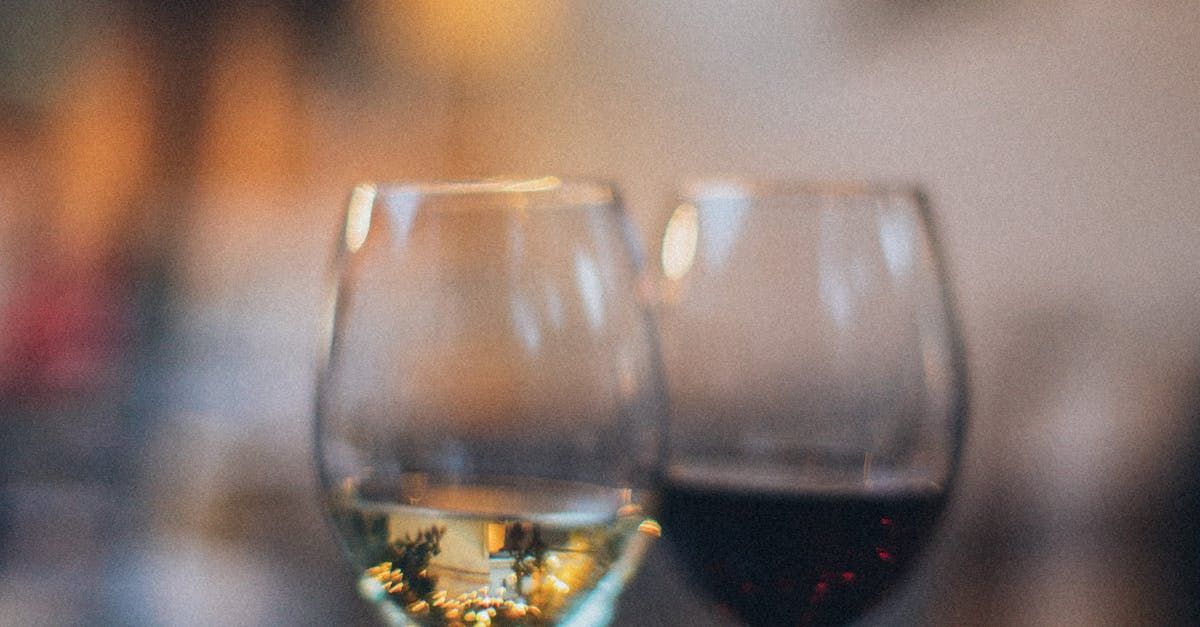IDEAL GROWING CONDITIONS FOR GROWING WINE GRAPES
The Ideal Climate, Moisture, and Soil Conditions for Growing Wine Grapes

Growing wine grapes is an art and a science, rooted in an intricate understanding of the vine's needs and the environment in which it thrives. Wine grape cultivation, or viticulture, is heavily influenced by three primary factors: climate, moisture, and soil. Each of these elements plays a crucial role in determining the quality and character of the grapes, and ultimately, the wine produced. Here, we explore the ideal conditions for each of these factors.
Ideal Climate for Wine Grapes
Wine grapes flourish in regions with temperate climates, often referred to as "wine-growing climates." These regions typically fall between 30° and 50° latitude, both north and south of the equator. The climate can be broadly categorized into three types: Mediterranean, Continental, and Maritime.
1. Mediterranean Climate:
- Characteristics: Long, warm summers with minimal rainfall and mild, wet winters.
- Regions: Southern France, parts of Italy and Spain, California.
- Impact on Grapes: This climate allows for a long growing season, leading to grapes with high sugar content and lower acidity, ideal for producing full-bodied wines.
2. Continental Climate:
- Characteristics: More extreme temperature variations between seasons with hot summers and cold winters.
- Regions: Burgundy in France, parts of Central Europe, and regions of Eastern Washington.
- Impact on Grapes: The significant temperature fluctuations can lead to a shorter growing season, producing grapes with higher acidity and more complex flavors, suitable for crisp and aromatic wines.
3. Maritime Climate:
- Characteristics: Mild temperatures with high humidity and rainfall distributed throughout the year.
- Regions: Bordeaux in France, parts of New Zealand, and the Pacific Northwest.
- Impact on Grapes: This climate results in balanced ripening with moderate sugar and acidity levels, ideal for producing well-rounded wines.
Ideal Moisture Conditions
Moisture management is critical in viticulture. Both excessive and insufficient water can negatively impact grape quality.
1. Rainfall:
- Optimal annual rainfall for wine grapes ranges between 20 to 30 inches (500 to 760 mm).
- Excessive rainfall can lead to diseases like mildew and botrytis, while too little rainfall can stress the vines, reducing yield and quality.
2. Irrigation:
- In regions with insufficient rainfall, controlled irrigation is essential. Drip irrigation is often preferred as it allows precise water delivery, preventing overwatering and ensuring the vines receive adequate moisture.
3. Soil Moisture:
- Well-drained soils are ideal to prevent waterlogging, which can suffocate the vine roots and promote disease. Gravelly or sandy soils are often preferred for their excellent drainage properties.
Ideal Soil Conditions
Soil plays a fundamental role in vine health and grape quality, influencing water retention, nutrient availability, and root development.
1. Soil Types:
- Sandy Soils: Provide excellent drainage and warm up quickly in spring, promoting early vine growth. However, they often require more irrigation and nutrient management.
- Clay Soils: Retain water well and are rich in nutrients but can become waterlogged. They tend to produce wines with high tannin content.
- Loamy Soils: A balanced mix of sand, silt, and clay, offering good drainage and fertility. These soils are often considered ideal for viticulture.
- Gravelly Soils: Ensure excellent drainage and reflect heat onto the vines, aiding in ripening. They are common in prestigious wine regions like Bordeaux.
2. Soil pH:
- Wine grapes prefer slightly acidic to neutral pH levels, typically between 5.5 and 7.0. The pH level affects nutrient availability and microbial activity in the soil.
3. Nutrient Content:
- Essential nutrients include nitrogen, phosphorus, potassium, calcium, magnesium, and trace elements like iron and zinc. Balanced fertilization is crucial to maintain vine health and optimize grape quality.
Conclusion
The art of growing wine grapes lies in harmonizing climate, moisture, and soil conditions to suit the specific grape varietals being cultivated. Each varietal has unique preferences, and understanding these nuances allows vintners to produce grapes of exceptional quality. By carefully selecting vineyard sites and employing precise management practices, winemakers can harness the terroir's potential, crafting wines that reflect the unique character of their origins.








